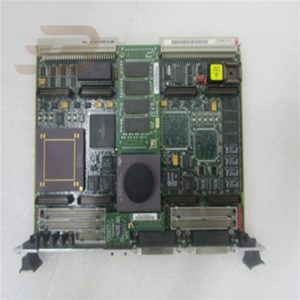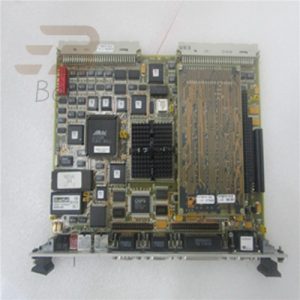MVME2400-0353 450MHzMPC750 256MBECCSDRAM
The performance characteristics of MVME2400-0353 can be summarized as follows:
Processor:
Powered by MOTOROLA’s PowerPC 750™ 32-bit microprocessor, this is a low power, high performance processor.
Cache:
With 32KB/32KB level 1 cache and 1MB back level 2 cache, these caches help improve data processing speed and system performance.
Memory:
The onboard ECC SDRAM is available from 32MB to 512MB to meet the needs of different applications.
The onboard firmware capacity is up to 1MB and can be configured according to user-specified requirements.
Equipped with 8MB onboard flash memory, it can also be adjusted according to user specific requirements.
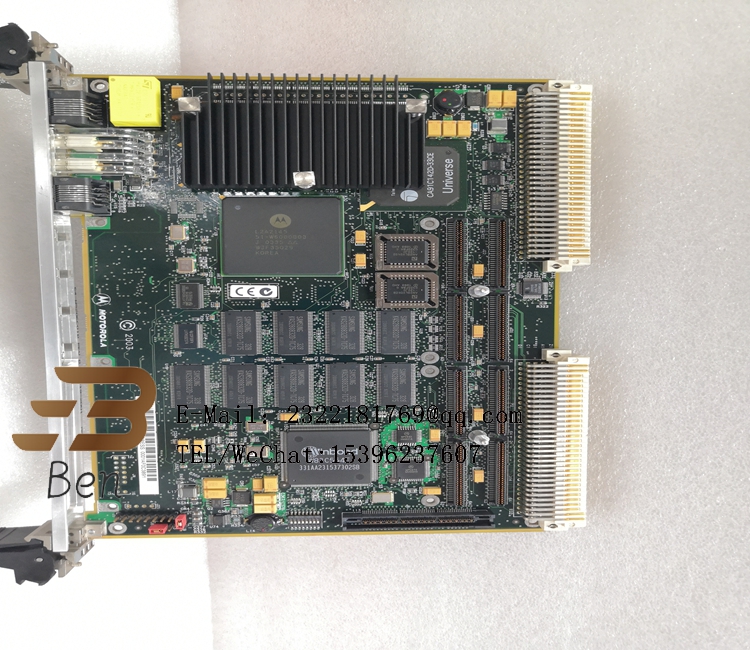
Expansion slot:
Two 32-bit Peripheral Component Interconnect Mezzanine Card (PMC) expansion slots support the front panel and P2 I/O, providing powerful expansion capabilities.
Debugging and monitoring:
On-board debug monitor diagnostics with self-test for debugging and diagnosis in case of system failure.
Interfaces and connections:
64-bit PCI expansion sandwich connectors are available to allow high-speed communication with other devices.
Equipped with 8K x 8 NVRAM and clock replaceable backup battery to ensure system data durability and stability.
Has an asynchronous serial debug port for system debugging and troubleshooting.
Provides four 32-bit timers and one 16-bit timer watchdog timer for system timing and task management.
Equipped with 10/100Mb/s Ethernet interface to support network communication.
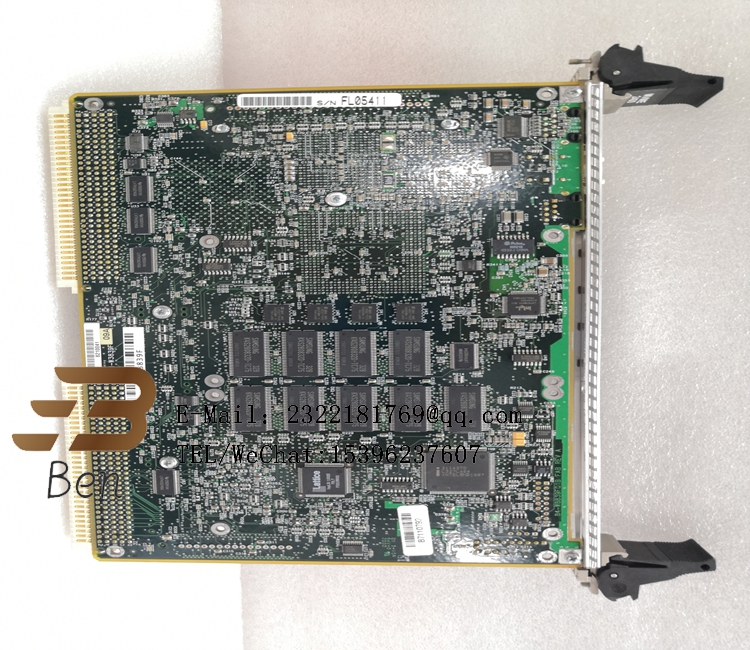
Interrupt and Request handling:
It provides a 4-level requester, a 7-level interrupter and a 7-level interrupt handler for VMEbus to ensure the real-time and high efficiency of the system.
Flexibility:
The MVME2400-0353 is an excellent foundation platform that can be quickly and easily customized for a variety of industry-specific applications to meet a variety of application needs.
In summary, the MVME2400-0353 provides excellent performance support for a variety of industry-specific applications with its powerful processor, rich cache, expandable memory, multi-functional expansion slots, complete debugging and monitoring functions, rich interfaces and connections, efficient interrupt and request handling, and excellent flexibility. 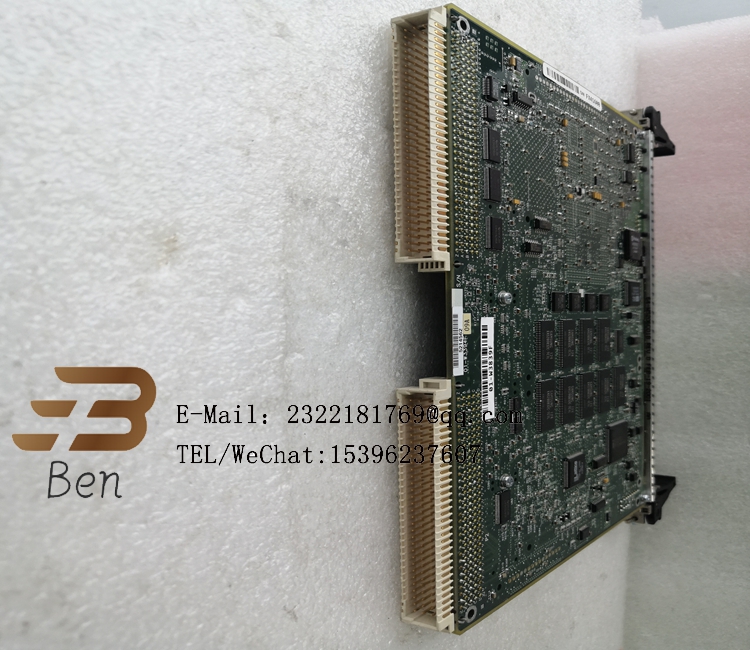
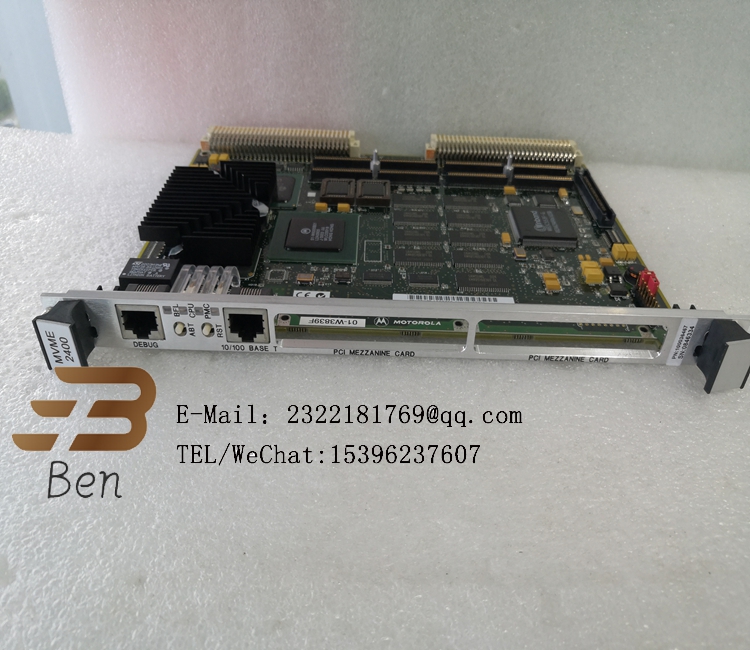
IEEE P1386.1 Compliant PMC Slots
The MVME2400 features dual PMC ports with support for
both front-panel and P2 I/O. P2 I/O-based PMCs which follow
the PMC committee recommendation for PCI I/O when using
the VME64 extension connector will be pin-out compatible
with the MVME2400.
In addition to providing high-performance expansion I/O, the
IEEE P1386.1 compliant PMC ports form a common architecture for future generations of products. Changing I/O requirements can be satisfied by simply replacing PMCs while
reusing the same base platform, reducing the long-term cost
of ownership.
VME64 Extension Connector
To maximize the capabilities of the MVME2400, 5-row 160-
pin DIN connectors replace the 3-row 96-pin connectors historically used on VME for P1 and P2. Two rows, Z and D,
have been added to the VME P1/J1 and P2/J2 connectors
providing a user with additional I/O. The VME64 extension
connector is 100% backward compatible with existing VME
card systems.
PowerPlus Architecture
A second-generation architecture, PowerPlus II Architecture
is a processor and bus architecture fully optimized to get the
maximum performance from the PowerPC microprocessor
family, the PCI bus, and the VMEbus. Features added to the
original PowerPlus Architecture include support for 100 MHz
local bus operation, and utilization of synchronous DRAM
(SDRAM) technology. The outstanding performance of VME
processor boards based on the PowerPlus II Architecture is
not due to a single factor. A number of elements in the design
of the PowerPlus II Architecture contribute to its outstanding
performance including the Processor/Memory subsystem,
high-speed local bus, optimally decoupled architecture,
decoupling the processor from PCI, and the advanced VME
interface which reduces PCI delays.
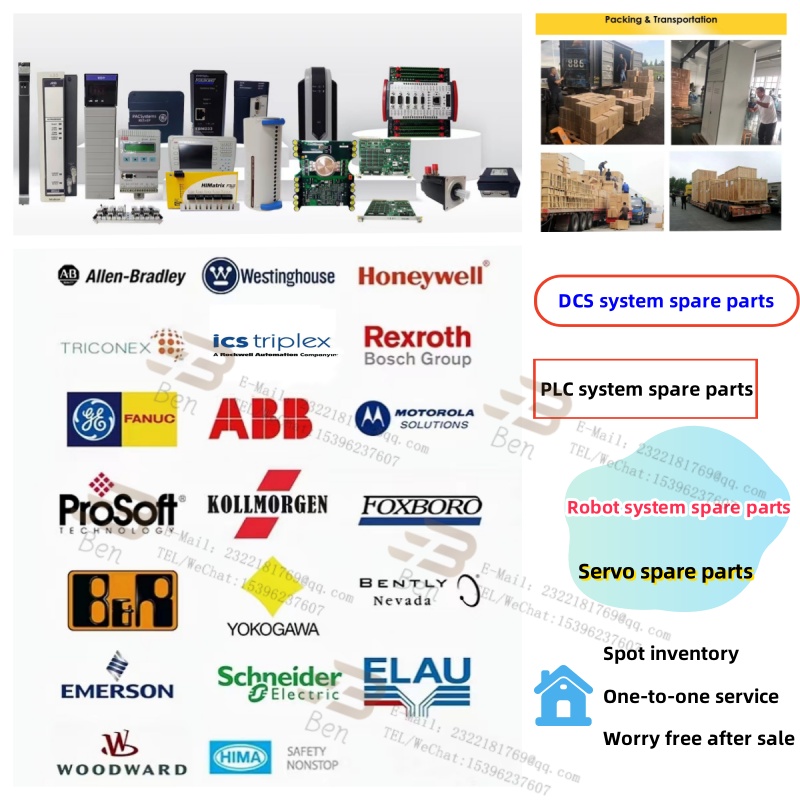
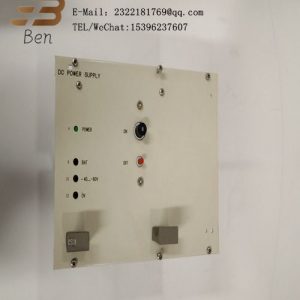
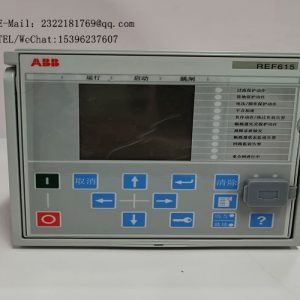
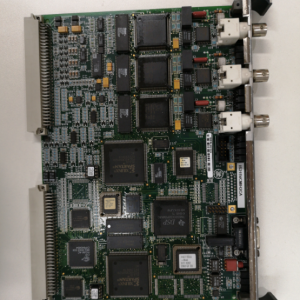
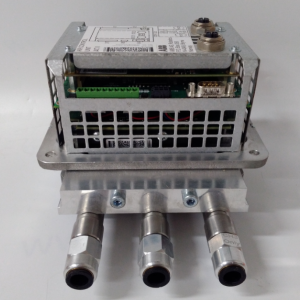
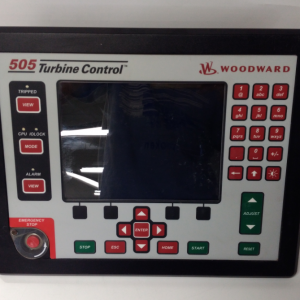
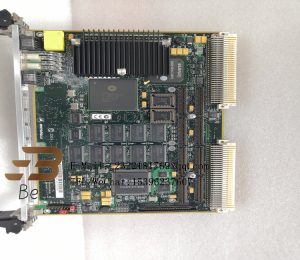
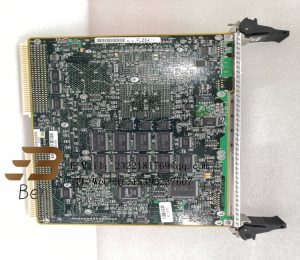
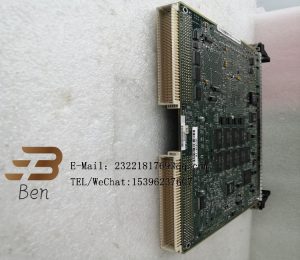
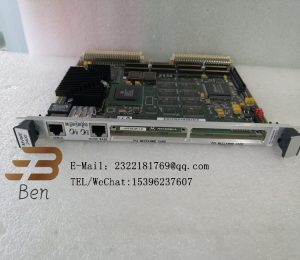
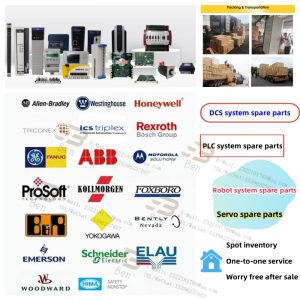
.png)
